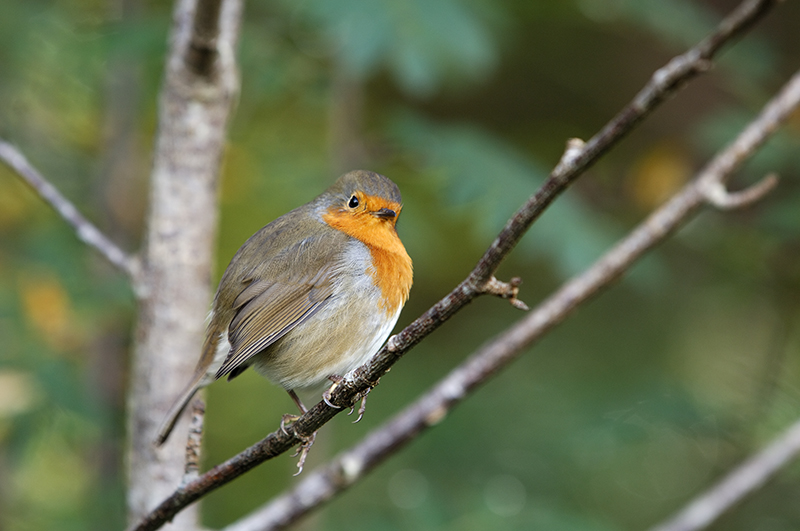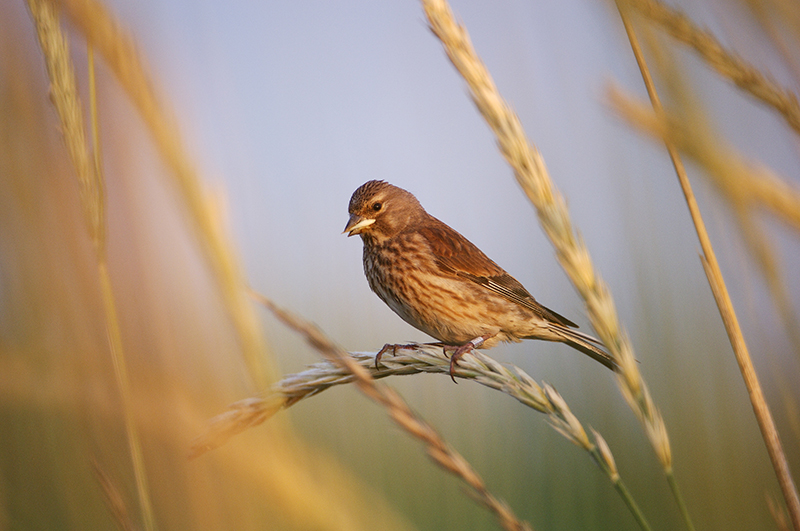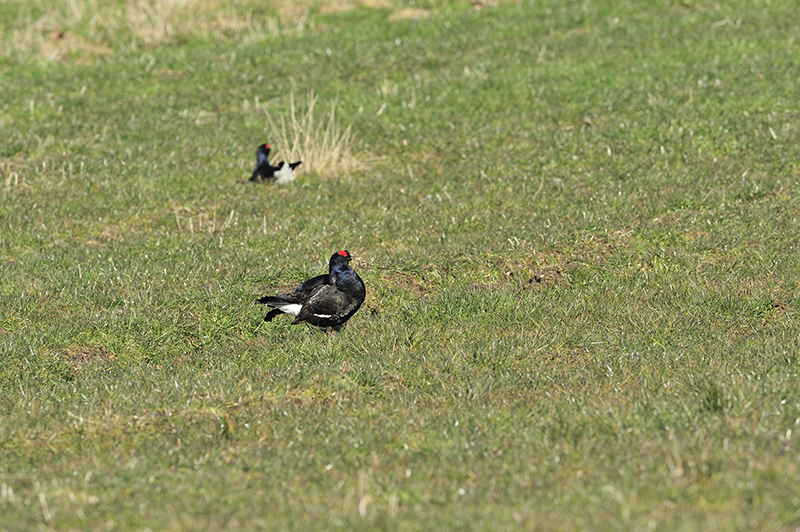What is it?
Terrestrial breeding birds are a good indicator of overall biodiversity. Birds respond quickly to variation in habitat quality, through changes in breeding output, survival or dispersal. Since most bird species are relatively easy to identify and count, are geographically widespread, are abundant and active during daytime, and are extremely well counted and recorded annually, they are often used as indicators of environmental change.
Terrestrial breeding birds in Scotland comprise both resident and migratory species. They include:
Explore the data
Terrestrial breeding birds index
How do I interpret the data?
Over the long-term (1994-2017), the combined abundance for 66 species of terrestrial breeding birds listed in the current terrestrial breeding birds index increased to a maximum in 2007.
In 2017, it stood at 16% above the 1994 baseline. Woodland birds have fared well with a 69% increase and farmland birds have shown a steady increase up to the late-2000s. However, upland birds have decreased by 17%.
Who is responsible for this indicator?
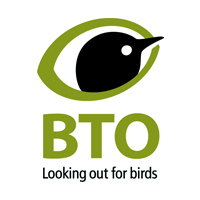

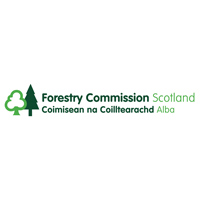
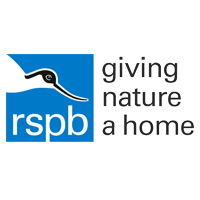

This indicator is prepared by British Trust for Ornithology (BTO) with NatureScot, Forestry Commission Scotland (FCS), Royal Society for the Protection of Birds(RSPB) and Joint Nature Conservation Committee(JNCC).
Adobe Acrobat Reader is the free, trusted leader for reliably viewing, annotating and signing PDFs.
Download Adobe Acrobat Reader

